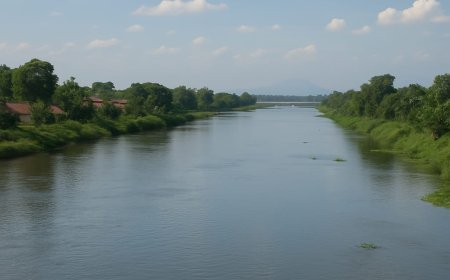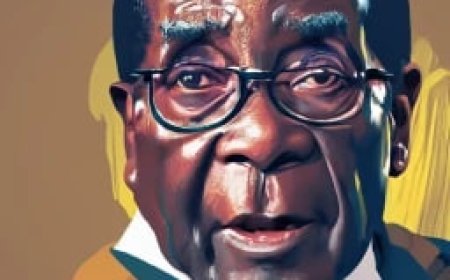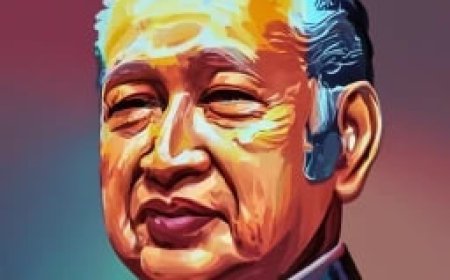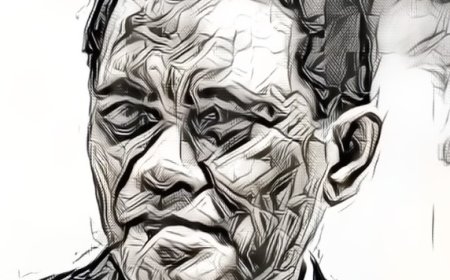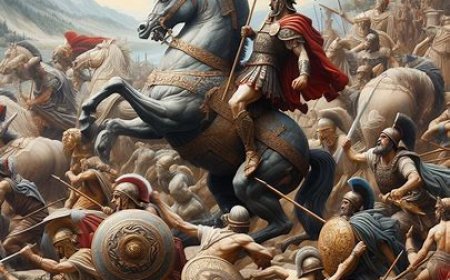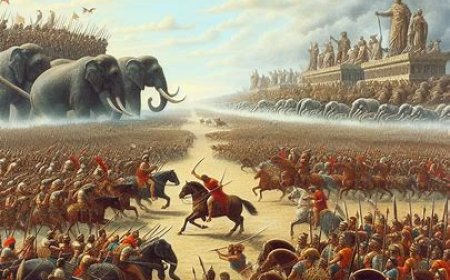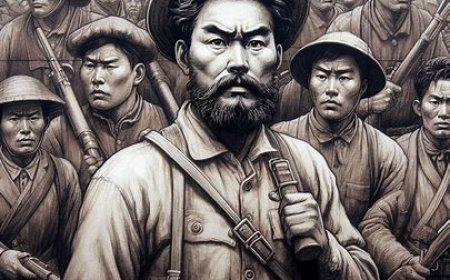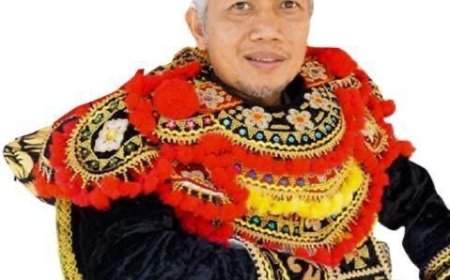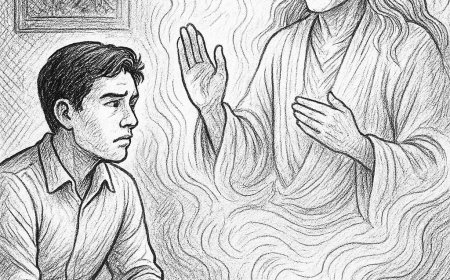The power tragedy of President Suharto in Indonesia in 1998 marked a dark chapter in the country's history. After 32 years in power, Suharto faced massive pressure due to a severe economic crisis and demands for reform from students and civil society activists. Large-scale demonstrations occurred nationwide, reaching its peak with the tragic incident at Trisakti University in May 1998, where four students were shot dead by security forces. This brutality triggered further anger, leading to shootings at Semanggi Bridge in July 1998, causing more casualties.
Here is a summary of the tragedy of President Suharto's regime in 1998:
Economic Crisis
In 1997, the Asian financial crisis erupted, and Indonesia became one of the most affected countries. The Rupiah experienced dramatic depreciation, inflation increased, and many financial institutions failed.
Student Protests
In 1998, students and civil society activists began organizing demonstrations to demand political and economic reforms. Students called for transparency, the elimination of corruption, and more democratic elections. These demonstrations gained widespread support from people dissatisfied with the economic conditions and corrupt government.
Tragedy at Trisakti and Semanggi
The peak of tension occurred in May 1998 when student demonstrations reached their climax. On May 12, 1998, a tragic clash occurred at Trisakti University in Jakarta, where four students were shot by security forces. This event triggered public anger and more demonstrations.
In the following month, from July 13-15, 1998, a bloody incident occurred at Semanggi Bridge, Jakarta. Security forces responded harshly to the demonstrations, and there were shootings of demonstrators. This incident resulted in numerous casualties and sparked international condemnation of the security forces' brutality.
Suharto's Resignation
Amidst national and international pressure, including criticism from the Indonesian Armed Forces critical of Suharto's government, on May 21, 1998, Suharto announced his resignation from the presidency. This decision was aimed at ending the tension and avoiding further bloodshed. General BJ Habibie, the vice president at that time, then took over as President.
Impact and Post-Tragedy
Suharto's resignation did not completely quell the unrest. Indonesia went through a complex transitional period towards democracy. General elections were held in 1999, and Abdurrahman Wahid was elected as president.
The power tragedy in 1998 left deep wounds in Indonesian society. However, these events also became a crucial momentum in the country's democratic journey. Political and economic reforms continued, although some challenges persisted, including addressing human rights violations during that period.











